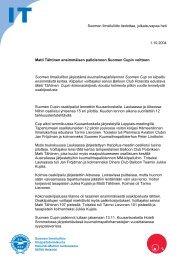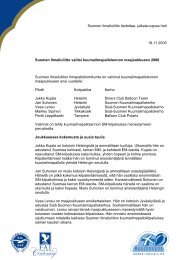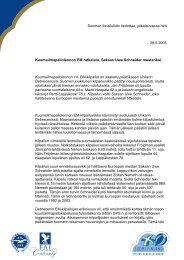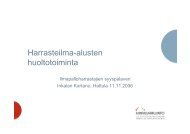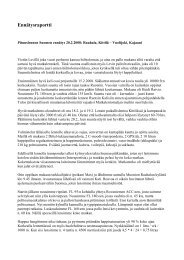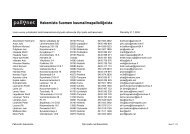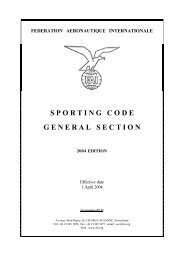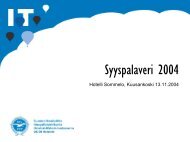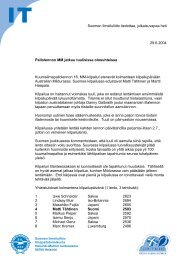You also want an ePaper? Increase the reach of your titles
YUMPU automatically turns print PDFs into web optimized ePapers that Google loves.
CIA COMPETITION OPERATION HANDBOOK<br />
CHAPTER 9 MARKER MEASURING PROCEDURES<br />
9.1 RECORD MARKER POSITION<br />
9.1.1 Not only close marker drops, but all marker drops shall be closely watched by the<br />
measuring team. The measuring team shall immediately mark far away drops with flags to<br />
ensure that none of them is forgotten or lost. One or two of the staff members will record<br />
time, direction from target, competition number and estimated distance from goal, when a<br />
marker lands. A simple sketch of the goal area will make it easier for the team to recall<br />
where markers have landed. Timing will be very important if the task has a scoring period<br />
or limitation by sunset. It is critical that any timepiece used by the team is precisely<br />
synchronised with the <strong>GPS</strong> time datum. The SWG does not recommend folding up the<br />
target at the end of the scoring period because this 'procedure' has the disadvantage of<br />
the Target Officials concentrating on this job instead looking out for time critical marker<br />
drops and the risk of moving markers dropped on the target before they are measured.<br />
9.1.2 The Director may state which markers he hopes the measuring team will measure e.g.<br />
those within 50/100/200 metres or those within the field boundary. However it is always<br />
the responsibility of the pilot to make sure his marker has been measured.<br />
9.1.3 In AXMERG events the Target Team shall measure all markers within the MSA (usually<br />
100m radius). Markers measured shall be recorded in the MS (Measuring Sheet). Pilots<br />
and crews shall not be within the MSA without special permission and reason. Markers<br />
dropped just outside the MSA shall be measured to avoid discussion with pilots whether<br />
they were in or out and be returned by the TT. Other dropped markers outside the MSA<br />
may be collected up to a certain distance deemed reasonable by the TT. Competitors<br />
have no claim that markers dropped outside will be returned by the TT. The earth is<br />
considered flat and horizontal within the MSA and individual marker altitudes need not be<br />
recorded, except if needed for other tasks.<br />
9.2 MARKER FLAG USAGE<br />
9.2.1 When a marker lands further than 30 meters from the centre of the target, a member of<br />
the measuring team must use a marker flag to identify the marker location. The measuring<br />
point will be defined in the competition rules, but it is normally the closest part of the<br />
weighted bag to the centre of the target. When marking dropped markers, it is important<br />
for the staff to stay clear of other balloons approaching the target and not hinder them in<br />
any way.<br />
9.3 MARKERS OUTSIDE THE GOAL AREA<br />
9.3.1 When a marker is dropped out of the immediate goal area, behind trees or houses, this<br />
should be recorded so that the staff can search for it when time permits. In most cases the<br />
observer and/or competitor, will inquire about the marker drop from the person who<br />
observed and marked it on his sheet. He can tell them where to look for it. If it was not<br />
possible to identify the competition number of the balloon, then the type and colours<br />
together with any art work should be noted. This will help in identifying the marker.<br />
9.4 MEASURING MARKERS<br />
9.4.1 Measuring the marks should not commence before the majority of the balloons have<br />
passed over the goal area.<br />
Version 2007 Page 18



